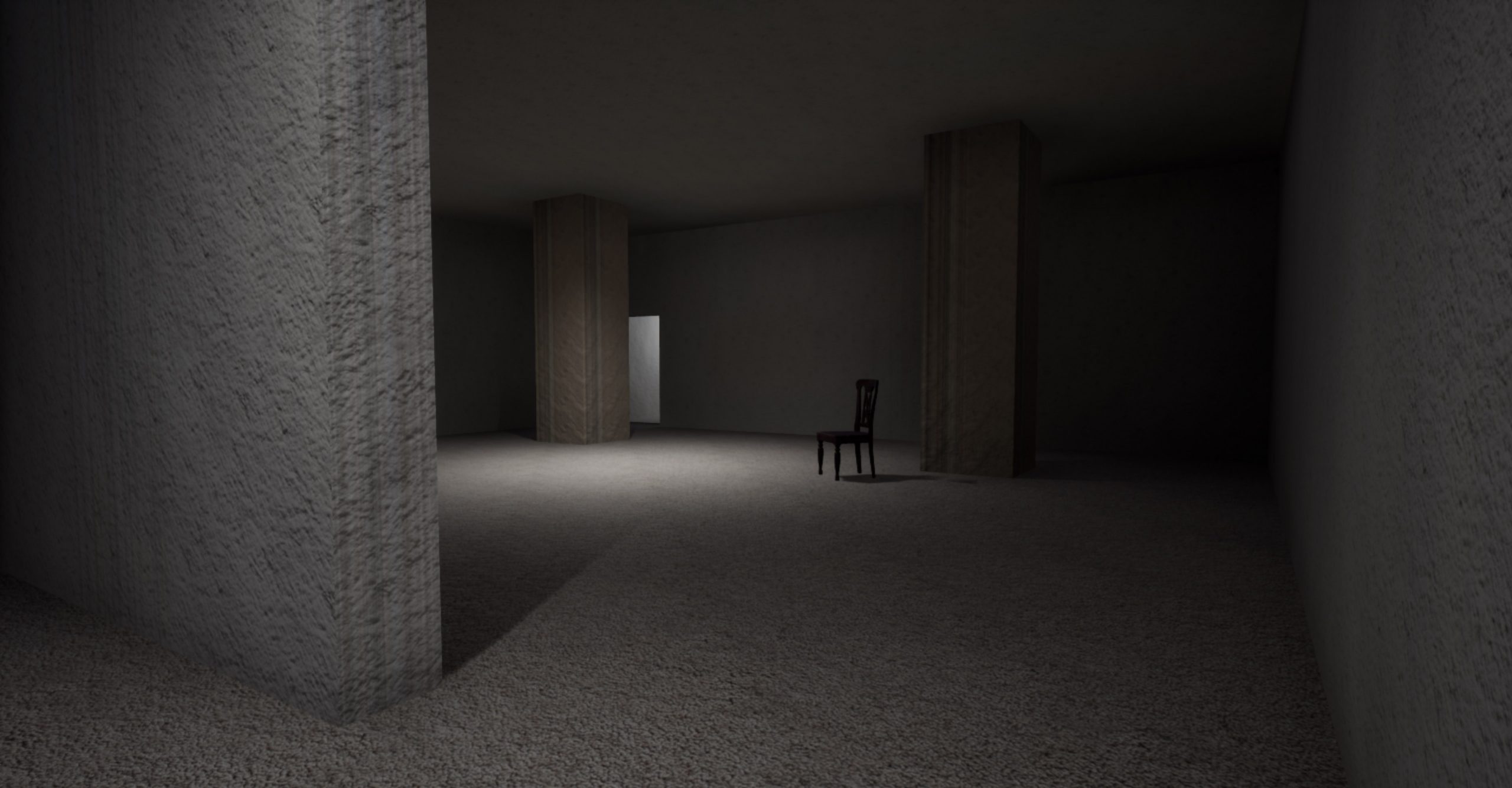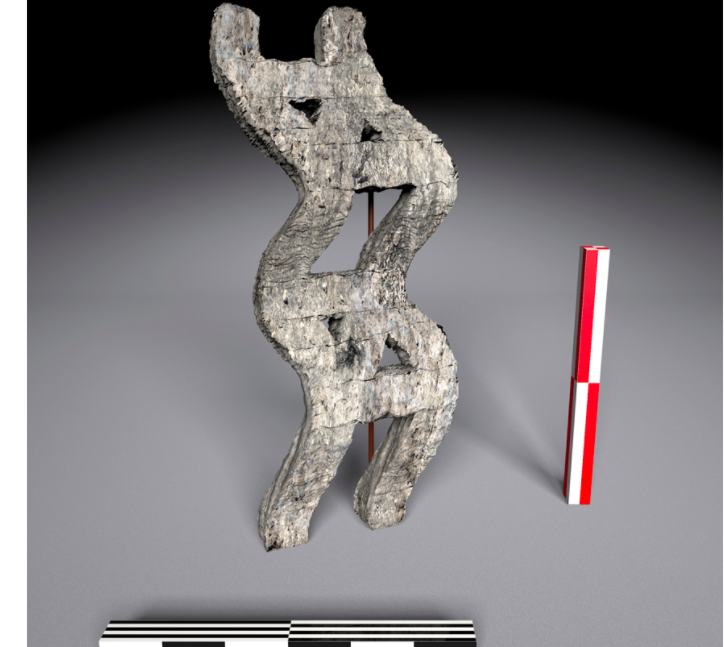“Gee, isn’t it awful for women to hate men?”
With the ironic opening to her October 1972 piece for the Village Voice entitled “The New Misandry: Man-Hating in 1972,” feminist science fiction writer and academic Joanna Russ begins a tongue-in-cheek critique of the anti-feminists and feminists alike who sought to minimize feminist anger and distrust of men by deeming it “man-hating” or “misandry.” Misandry, Russ asserts, is the particular bugaboo of “respectable” feminists, due in part to fears of backlash and male retribution, and in part to the requirement that oppressed groups retain the appearance of moral purity in order to win moderate victories rather than revolutionary change. Indeed, the early 1970s arguably constituted the high point of second wave feminism as far as moderate legislative and judicial victories were concerned: Title IX, guaranteeing gender equity in all educational pursuits, and the Equal Employment Opportunity Act were both signed into law in the year that Russ’s piece was published; the Equal Rights Amendment was sent to states for ratification the same year; and the Roe v. Wade decision would be handed down in January 1973. However, reform is not Russ’s goal; structural change is, and revolution requires a complete shift in attitude. Rather than celebrating the liberal feminist, Russ argues that man-hating should “not only [be] respectable.” “To be a misandrist,” she writes, “a woman needs considerable ingenuity, originality, and resilience. A misogynist requires no such resources.” Misandry, then, was the province of the creative(ly) radical feminist.
More than thirty years after the publication of Russ’s polemic, misandry is back in circulation among anti-feminists and feminists alike. Activists within the men’s rights movement, a splinter movement from the originally pro-feminist men’s liberation movements of the 1970s, believe that men have been transformed into an oppressed minority in the United States. The cornerstone of that oppression, they argue, is misandry – the institutional enshrinement of man-hating that takes shape in systematic discrimination against men for the benefit of women as a now-privileged class. Many feminists, in turn, have re-deployed misandry alternately as an elaborate joke, a rhetorical weapon, a model for resistance to patriarchy, and as a survival strategy. Particularly on the Internet, they have done so with all of the inventiveness and strength that man-hating requires.
Over time, a specific aesthetic has emerged around discussions of and identifications (both personal and collective) with misandry. Its primary defining characteristic is its overt femininity, bordering on the exaggerated. A cursory glance at the “misandry” board on Pinterest, for example, will yield glitter text banners reading “misandry”, book-ended by hearts; “misandry” hats, pins, patches, and necklaces for sale on Etsy, most often in shades of pink; and an image of a lioness sitting on top of a male lion, labeled in pink capital letters as “blatant misandry.” Meanwhile, a Tumblr blog dedicated primarily to posting misandry-related GIFs, http://male-tears.tumblr.com [Editor’s note: Link no longer available], sports a pink-and-white theme against a pink glitter background. A “Feminist Makeup Tutorial”, re-posted under the moniker of “Misandry Makeup Tutorial” on the women’s blog Jezebel and other outlets, combined a how-to for a full makeup look with winking violent rhetoric — e.g., “You want the wings of your eyeliner to be so sharp they could kill a man.” All of these sites of misandry trade on the bizarre assumption that women who hate men are necessarily unfeminine; thus, the consciously cartoonish expressions of femininity function as both an in-joke and a
strategic maneuver. When paired with articulations of ironic violence or earnest rage (or something in between), “misandry” is not only emptied of the meaning ascribed to it by men’s rights activists, but simultaneously weaponizes feminist anger and the devalued trappings of femininity. It turns objects coded as feminine into threats. Misandry becomes potentially dangerous, and liberatory, in its re-direction.
The word that immediately comes to mind when considering the Internet misandrist aesthetic, however, is not “dangerous” or “threatening.” “Cute” is, and it is on the grounds of cuteness that online misandry may be most easily minimized. Chelsea Fagan, in a post for Thought Catalog titled “White Girl Privilege and the Problem with Blaming All Men,” published earlier this year, dismisses misandry as the province of privileged teenaged girls on the basis of its cuteness. “It wouldn’t be shocking to see a 16-year-old white girl’s Tumblr with a picture of her holding a heart-shaped card emblazoned with ‘I Love Misandry’ and surrounded by sparkles,” she writes. “It’s cute, and it’s harmless.” While Fagan’s broader point — that misandry rhetoric often elides the intersections of race, class, gender, and sexuality in ways that are not always productive — isn’t an invalid one, she undercuts her characterization of misandry by making it. The feminist re-deployment of misandry is in fact powerful and alters the terms of conversations about male privilege, potentially by virtue of being “cute.” Sianne Ngai, in her 2005 essay “The Cuteness of the Avant-Garde,” notes:
It is clear, then, that in addition to its capacity to convert a subject’s veiled or latent aggression towards a vulnerable object into explicit aggression that seems to be directed toward the subject, cuteness names an aesthetic encounter with an exaggerated difference in power that does something to ordinary or communicative speech. More specifically, the concept names a relationship to a socially disempowered other that actively transforms the speech of the subject who imposes that aesthetic quality on that other — abetting a fantasy for the cute object’s capacity for retaliation. (828)
Thus, feminist misandry begins with seemingly powerless objects and artifacts like glitter, pink, hearts, makeup, and individual and collective articulations of women’s anger toward men and transforms them into something that, by turns, makes affective demands, grounds new political spaces, and aggressively re-directs focus toward the validity of feminist articulations of negative emotions. Contrary to Ngai’s assertion, misandry’s capacity for retaliation is not a fantasy at all. It is one that we should take seriously.



